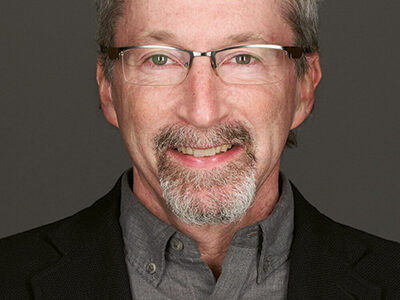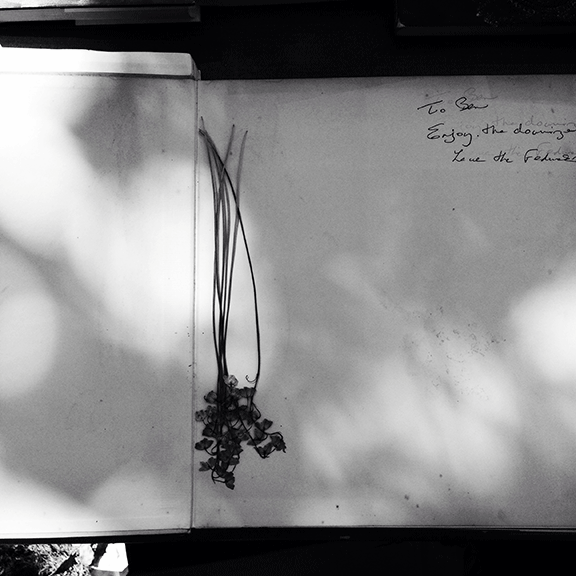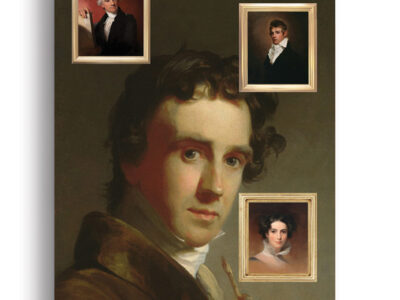
“That’s the thing about this river: You have to imagine it to see.”
By Beth Kephart | It was the color of the sky, and it ran clean. It was the color of shad and of the trees—sycamores, willows, oaks—that clustered near. It bent the reflection of the moon, then held it still. A man looked in, a woman did, and, startled, found themselves.
The Schuylkill River at its start is stone-coal country; there are hills in most directions. Blue Mountain. Second Mountain. Locust Mountain. Sharp Mountain. In Tuscarora there are covert springs, and this is where the east branch of the river begins—a trickle, not even a stream. It will wend its way between hills and across valleys before it joins with the west branch near Schuylkill Haven. It will course many miles more and take a turn through Philadelphia before it yields to the Delaware River, which will empty into a long-nosed bay before yielding to the sea.
The river is cumulative. It harbors the floating oddments of towns like Auburn, Reading, Birdsboro, and Valley Forge. It widens and rises at the intersection of creeks that turn toward it. There is dust in its waters, the churn of bones. There are the remains of islands and animals, perch and catfish, broken branches and water-logged seeds. You might find the cross-frame of a kite in its silt, or the last page of a diary, or the buckles of a soldier’s shoe, or the chunky afterthought of anthracite. You might find the flint tip of a spear. That’s the thing about this river: You have to imagine it to see.
William Penn took a canoe up the Schuylkill during his second trip to Pennsylvania—a pale man with a square face cutting the current with a paddle, his eyes on a rabble of low-flying pigeons, or on a beaver’s well-built dam, or on the smoke rising from a Lenni Lenape fire. There would have been no sound of machines, no insistent hum of industry, but corn was being torn from its husk, no doubt, and a mother was calling for her child. Penn heard whatever a man could hear, afloat on that river, in a boat carved from a tree.
One might have hoped for a more spellable name, or for something more suggestive of a poem. But Schuylkill, once spelled Skokihl, means nothing more than Hidden Creek, and it was a Dutch navigator, Arendt Corssen, who did the christening. This was the middle of the 17th century, and it was bulrush season. The place where the Schuylkill meets the Delaware River was obscured and inauspicious the day that Corssen happened on it. In the spring, shad had to fly, not swim, to get upstream: The water at this junction was that shallow. Hidden Creek, Corssen thought to himself, and that’s how the river got its name.
The Lenni Lenapes had better names for their river: Ganshowahannathey called it, which means “falling waters.” Manayunk, they also called it, which translates into “where we drink.” The Indian names suggest a sound and a taste, but Schuylkill River is a navigator’s label, a name for those who are headed somewhere. Be on the lookout, the name suggests. Turn your craft this way.
The river, all those years ago, took you somewhere. It took you (if you were entering it from its southern tip, if you were in a canoe, or on a boat, or on a makeshift raft) north and also west. You were moving against its current, but you were following its line. You were Dutch or you were Swedish or you were a Quaker exile from England, and you went the way the river went, between its crags, against its falls, through its shoals of determined shad, above its beds of mussels.
As a young man, Benjamin Franklin wandered beside the river beneath the big trees on its east shore. He’d come up from town, through fields of swine and cattle, past fruit trees and the bark of wild turkeys. He’d meet his friends by the banks, or else walk or sit alone. In winter, the trees would be barren; river ice would crunch up against the shore. In summer, it would be cool beneath the oak trees and thick with the smell of wildflowers and herbs, the drone of bees and flies. At the river’s intersection with Spruce Street, where Franklin would meander, Pastor Morgan Edwards and his parishioners could be found getting ready for a dunk in the holy Schuylkill waters.
Bears once prowled near the banks of the Schuylkill, as did the occasional panther. Wolves were feared and greedy, and there were snakes, minks, hazel hens, cranes, woodchucks, squirrels, foxes, rabbits, not so many deer as one might think, and beavers that fishermen somehow trained to hunt and retrieve for them.
America’s most active botanists lived and worked beside the Schuylkill. The gardens planted there were written of in postcards, in books, in letters travelers sent back home. There was John Bartram and his studies and his seed house, his sprouting things. There was William Hamilton and his Woodlands, Lemon Hill and Gray’s Ferry. There was Meriwether Lewis coming partway across the country to be mentored in the art of flora hunting by the ambitious Benjamin Smith Barton. There was the river, always, and what grew there, and its wayward springs.
War would come to the Schuylkill, and so, of course, would fever. Ships heavy with anthracite, cattle, timber, and more would jam in both directions; wharves would overtake the banks; fishermen would complain. By the turn of the 19th century, the river was being diverted to local homes through bored spruce and yellow pine logs and the clever machinations of the Water Works. A few years later it was being dammed with hickory logs to satisfy the city’s emphatic thirst.
It was only a matter of time before the Schuylkill below the dam became a liquid trash heap—something to cross, not something to see. Detritus would be wheeled to the river’s bank and dumped—a steaming mess. Slaughterhouse remains would be dumped as well, not to mention whale oil, dead people, old furniture, broken plates, hair ribbons, clipped fingernails, the bones from a previous night’s fowl, the pages of a book no one could finish. The river had turned the color of mud, the color of the noise on city streets.
But a river stands for something even after the silence is gone. Even after the wolves and the panthers and the hazel hens are gone, there are other stories, big as myths. A river still begins at covert springs, and it still flows out to sea. It still floats the moon on its back at night, still stares out at the faces staring in, still dreams.
Beth Kephart C’82 has written five memoirs. Her latest book, from which this essay is reprinted, is an unorthodox history of the Schuylkill River. “Prelude” as it appears in Flow: The Life and Times of Philadelphia’s Schuylkill River by Beth Kephart. Copyright ©2007 by Beth Kephart. Used by permission of Temple University Press. The book is available for purchase at bookstores, or on the web at www.temple.edu/tempress and through other online retailers.




